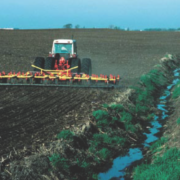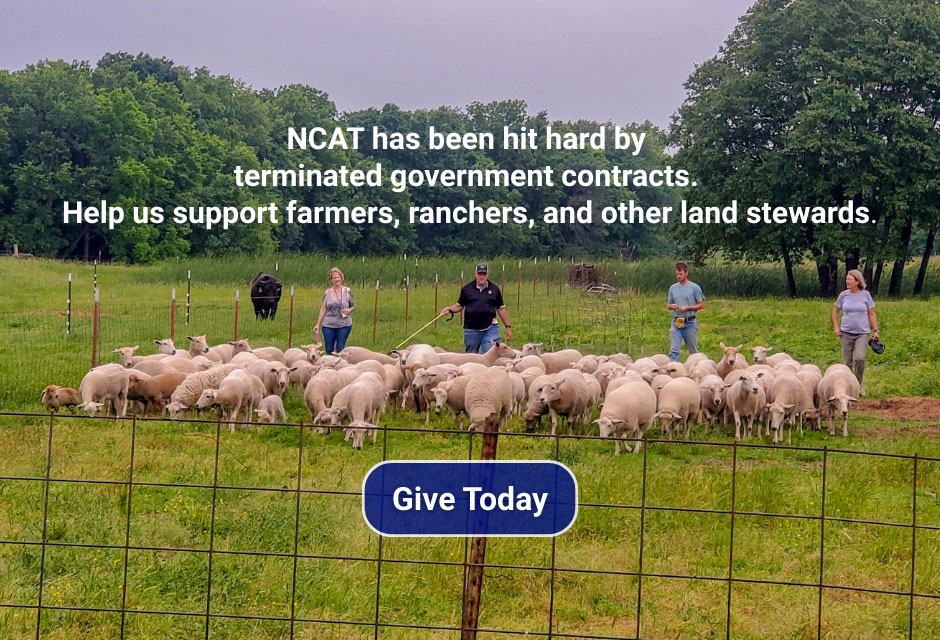Food and Agriculture Organization Report Calls Attention to Land Degradation Impacting Crop Yields
The latest The State of Food and Agriculture report released by the Food and Agriculture Organization of the United Nations explains how land degradation impacts agricultural productivity, rural livelihoods, and food security. Drawing on the most recent global data on farm distribution, sizes, and crop production, the report outlines actionable opportunities for integrated sustainable land-use and management practices, alongside tailored policies. These measures aim to avoid, reduce, and reverse land degradation while improving food production and farmers’ livelihoods. FAO defines land degradation as a long-term decline in the land’s ability to deliver essential ecosystem functions and services, and notes that activities like deforestation, overgrazing, and unsustainable cropping and irrigation practices are now among the leading contributors to the problem. The report applies a debt-based approach, comparing current values of three key indicators —soil organic carbon, soil erosion, and soil water—against conditions that would exist without human activity under native or natural states and concludes that around 1.7 billion people worldwide live in areas where crop yields are 10% lower due to human-induced land degradation.


 Canva Pro
Canva Pro SARE
SARE